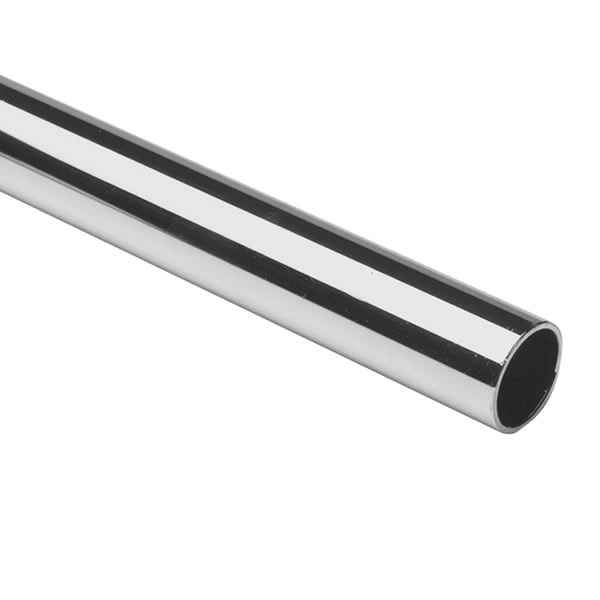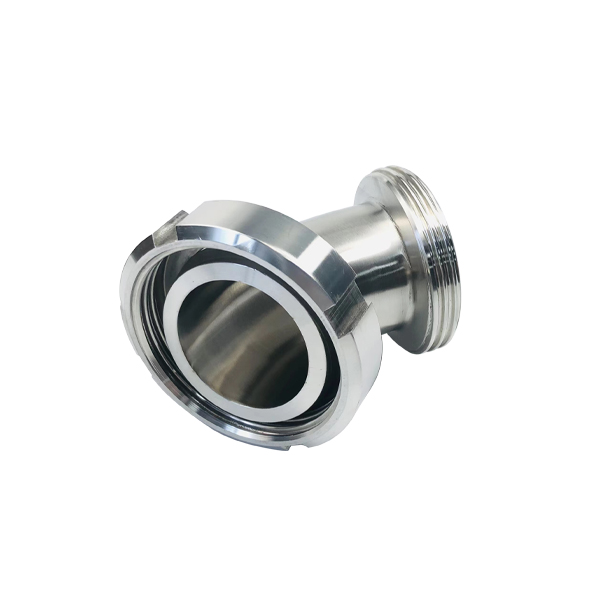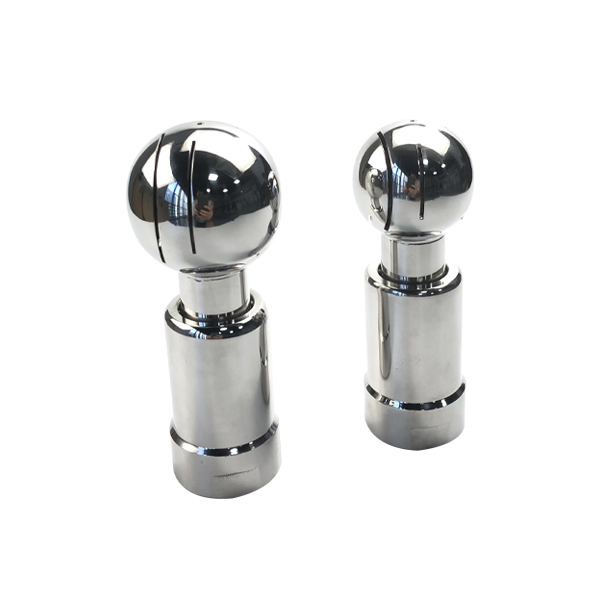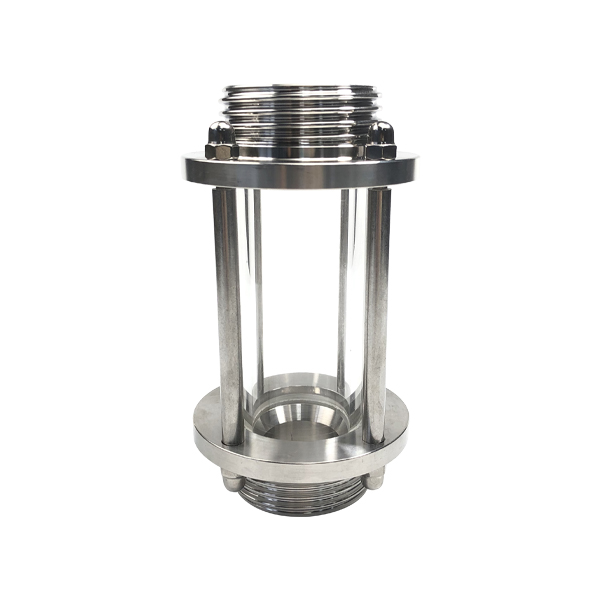CONCENTRATED CAN
Concentrated tanks generally have functions such as heating, cooling, heat preservation, and stirring. The concentrated mixing tank is mainly used for mixing milk, sugar, beverages and other elements
Concentrated tanks generally have functions such as heating, cooling, heat preservation, and stirring. The concentrated mixing tank is mainly used for mixing milk, sugar, beverages and other elements and various materials evenly after mixing. Concentrated tank has the characteristics of energy saving, corrosion resistance, strong production capacity, easy cleaning and simple structure. It is an indispensable equipment for manufacturing dairy, beverage and pharmaceutical manufacturers.
Concentrated tank performance
1. The tank body of the concentrated preparation tank adopts a hygienic and sterile design, and each nozzle is drawn to form a smooth transition to avoid cleaning dead corners caused by direct socket welding and ensure the reliability and stability of the production process.
2. The specifications of the concentrated tank are available in 0.05m3 -5.0m3 with different volumes to choose from, and can also be designed and processed according to the actual process needs of the user.
3. The concentrated tank adopts a sandwich structure, which has the advantages of large heating area and less welding.
4. The shaft seal of the concentrated distribution tank adopts sanitary cemented carbide and silicon carbide 204 balanced mechanical seal. Wear and pressure resistant. The reducer is imported and the speed is 60-82 rpm. Frequency converters can also be used to adjust the speed.
5. The interface of the concentrated tank adopts ISO standard quick-installation chuck type, which is made of imported 316L or 304 material. The inner surface is mirror polished Ra≤0.28μm, and the outer surface is matte or mirror polished.
6. The liquid level gauges for concentrated distribution tanks include glass tube liquid level gauges, static pressure sensor type liquid level gauges, and ultrasonic liquid level gauges.
7. The structure of the concentration tank is divided into upper and lower elliptical heads or lower and upper elliptical head structures to ensure that no liquid remains.
8. The jacket structure of the concentration tank is divided into three types: standard jacket, outer coil jacket and honeycomb jacket.





